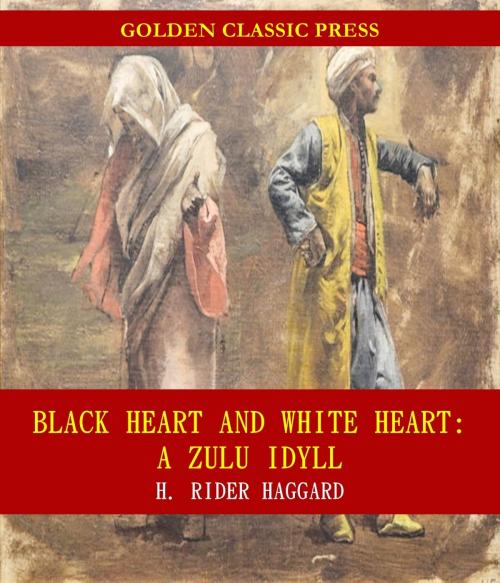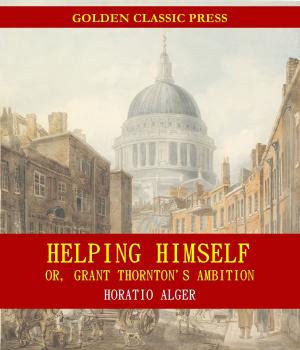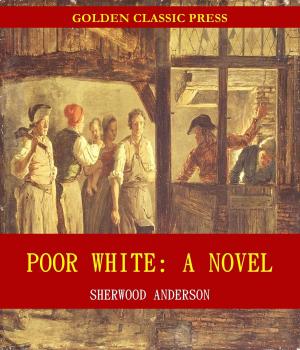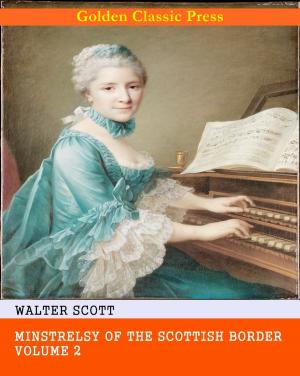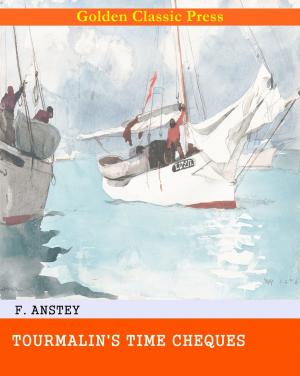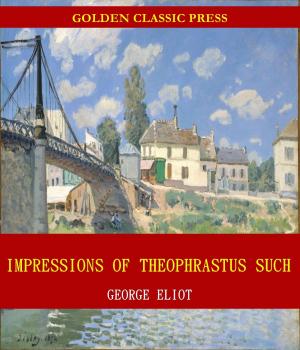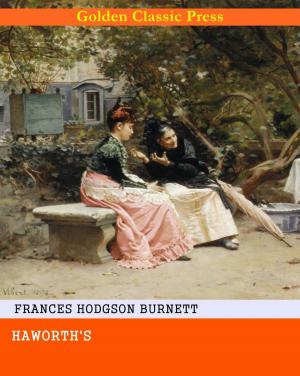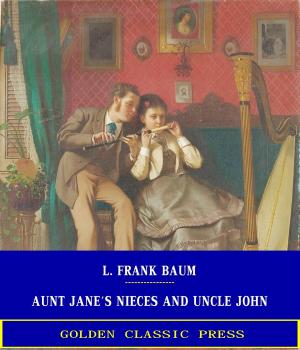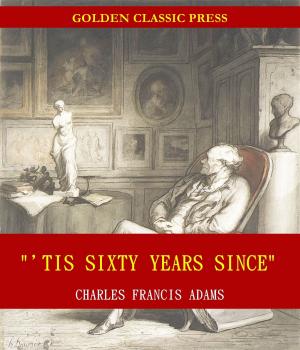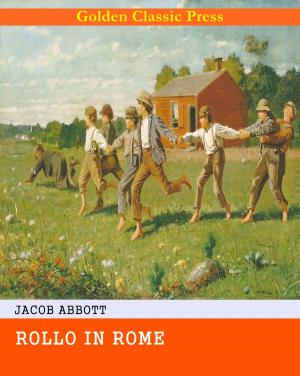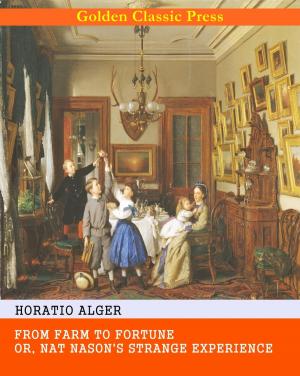Black Heart and White Heart: A Zulu Idyll
Fiction & Literature, Action Suspense, Classics, Historical| Author: | H. Rider Haggard | ISBN: | 1230002957012 |
| Publisher: | GOLDEN CLASSIC PRESS | Publication: | November 30, 2018 |
| Imprint: | Language: | English |
| Author: | H. Rider Haggard |
| ISBN: | 1230002957012 |
| Publisher: | GOLDEN CLASSIC PRESS |
| Publication: | November 30, 2018 |
| Imprint: | |
| Language: | English |
*** Original and Unabridged Content. Made available by GOLDEN CLASSIC PRESS***
Synopsis:
A story of the courtship, trials and final union of a pair of Zulu lovers in the time of King Cetywayo.
Excerpt:
The Zulu warrior at the time of Rorke's Drift was not a professional solider but was a formidable foe nonetheless. The Zulus were a citizen army called up in times of war although all Zulu men were required to do military service when they reached the age of 19 until the age of 40 when they were allowed to marry and went on the Zulu reserve list. The Zulu military organisation was far from primitive with an Army or Impi made up of Regiments called Amabutho made up of men of similar age from all over the kingdom. Each regiment had its own identifying features either jewellery or a particular headdress.They were equipped as Shaka had trained them a generation before with large cowhide shields which were colour coded with younger regiments having mostly black shields and older regiments having more white on the shield. This allowed a Zulu general to identify the different units on the battlefield easily. These shields were owned by the King and not issued to warriors except in time of war probably to help reduce the risk of civil war. Zulus carried a heavy broad bladed stabbing spear with an 18 inch blade nearly 2 inches wide (in some respects a similar to the Roman Gladius) this had a 30 inch wooden shaft and a throwing spear with a 7 inch blade on a 3ft shaft. Despite the popular image the Zulus also used guns, often Napoleonic weapons bought from traders but also Martini Henry rifles looted from the British troops especially after Isandlwana, in fact as many as 60% of Zulu warriors had access to firearms by the time of Rorkes Drift. This said they did lack training and good quality powder for these weapons. The warriors were highly disciplined and organised with each regiments having companies and their own Izinduna or officers and a clear chain of command. With no baggage train unlike an European Army of the time they could travel fast and were highly mobile able to cover around 20 miles in a day and fight at the end of it or twice that distance in an emergency. The Zulus normally used a fighting Buffalo formation or Beasts Horns where a strong central body of troops was supported by two flanks or 'horns' of lighter faster troops who would outflank and surround the enemy cutting off any escape. This formation worked well against their tribal enemies and against the British at Isandhlwana but was limited and dangerous if the Zulus failed to breach the firepower of a European Army. A love story set in the time of the Zulu Wars.
*** Original and Unabridged Content. Made available by GOLDEN CLASSIC PRESS***
Synopsis:
A story of the courtship, trials and final union of a pair of Zulu lovers in the time of King Cetywayo.
Excerpt:
The Zulu warrior at the time of Rorke's Drift was not a professional solider but was a formidable foe nonetheless. The Zulus were a citizen army called up in times of war although all Zulu men were required to do military service when they reached the age of 19 until the age of 40 when they were allowed to marry and went on the Zulu reserve list. The Zulu military organisation was far from primitive with an Army or Impi made up of Regiments called Amabutho made up of men of similar age from all over the kingdom. Each regiment had its own identifying features either jewellery or a particular headdress.They were equipped as Shaka had trained them a generation before with large cowhide shields which were colour coded with younger regiments having mostly black shields and older regiments having more white on the shield. This allowed a Zulu general to identify the different units on the battlefield easily. These shields were owned by the King and not issued to warriors except in time of war probably to help reduce the risk of civil war. Zulus carried a heavy broad bladed stabbing spear with an 18 inch blade nearly 2 inches wide (in some respects a similar to the Roman Gladius) this had a 30 inch wooden shaft and a throwing spear with a 7 inch blade on a 3ft shaft. Despite the popular image the Zulus also used guns, often Napoleonic weapons bought from traders but also Martini Henry rifles looted from the British troops especially after Isandlwana, in fact as many as 60% of Zulu warriors had access to firearms by the time of Rorkes Drift. This said they did lack training and good quality powder for these weapons. The warriors were highly disciplined and organised with each regiments having companies and their own Izinduna or officers and a clear chain of command. With no baggage train unlike an European Army of the time they could travel fast and were highly mobile able to cover around 20 miles in a day and fight at the end of it or twice that distance in an emergency. The Zulus normally used a fighting Buffalo formation or Beasts Horns where a strong central body of troops was supported by two flanks or 'horns' of lighter faster troops who would outflank and surround the enemy cutting off any escape. This formation worked well against their tribal enemies and against the British at Isandhlwana but was limited and dangerous if the Zulus failed to breach the firepower of a European Army. A love story set in the time of the Zulu Wars.
